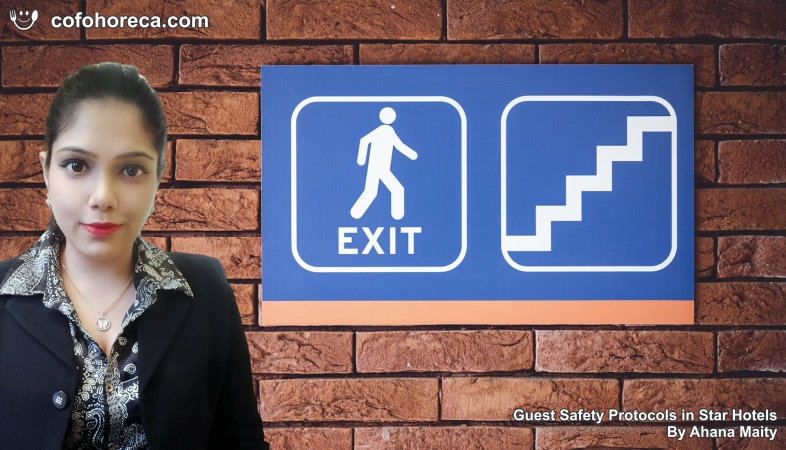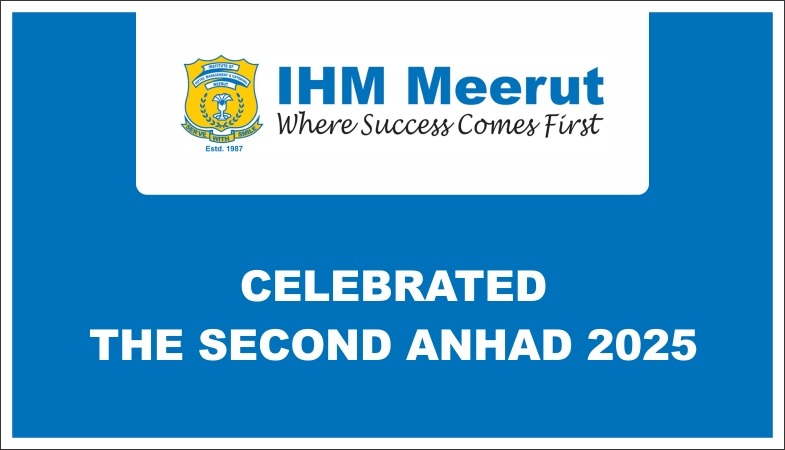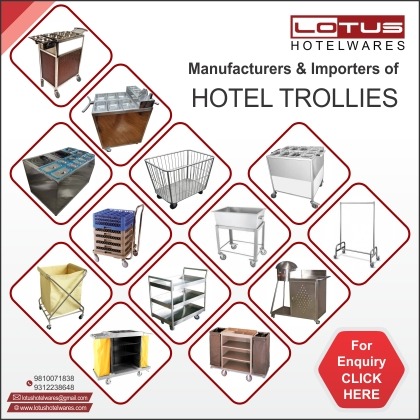QR Code Menus in Catering: A Trend That’s Here to Stay
As technology continues to shape the hospitality industry, QR code menus are proving to be more than just a passing trend.
The catering industry is evolving rapidly, and one of the
most significant innovations in recent years is the rise of QR code menus. What
started as a safety measure during the pandemic has now become a permanent
fixture in restaurants, hotels, and event catering services. These digital
menus offer a seamless, contactless, and highly efficient way for guests to
browse food options, customize orders, and even make payments—all with a simple
scan of their smartphone.
One of the biggest advantages of QR code menus is their convenience. Instead of waiting for a physical menu, guests can instantly access a restaurant or catering service’s offerings by scanning a code placed on tables, counters, or invitations. This not only speeds up the ordering process but also reduces the need for printed menus, making it an eco-friendly solution.
For caterers, QR code menus provide a level of flexibility that traditional menus simply can’t match. Menu updates, pricing changes, and special event offerings can be modified in real-time without the hassle and cost of reprinting. This is particularly useful for seasonal catering businesses, pop-up restaurants, and large-scale events where menu options may change frequently.
Customization is another game-changing feature of QR code menus. Many digital menu platforms allow guests to filter options based on dietary preferences, allergens, or portion sizes. Whether someone is looking for vegan dishes, gluten-free options, or low-calorie meals, the QR code menu can provide personalized recommendations with just a few taps.
In addition to enhancing guest convenience, QR code menus improve operational efficiency for catering businesses. Since digital menus can be integrated with kitchen management systems, orders can be sent directly to the kitchen without the need for a middleman. This reduces errors, speeds up service, and allows staff to focus on delivering a great guest experience rather than handling menus and taking orders manually.
Another key advantage of QR code menus is their ability to support cashless transactions. Many QR menus now come with integrated payment options, allowing guests to place orders and pay instantly using their preferred method—whether it’s a credit card, mobile wallet, or digital payment service. This not only speeds up the checkout process but also enhances hygiene and security.
For event catering, QR code menus add an interactive touch. Placing QR codes on wedding tables, corporate event programs, or buffet stations allows guests to explore menu items, read descriptions, and even see images of dishes before making their selections. Some advanced systems even let guests customize their meals in advance, ensuring a smooth catering experience without long lines or delays.
As technology continues to shape the hospitality industry, QR code menus are proving to be more than just a passing trend. Their ability to enhance efficiency, improve guest experience, and offer a sustainable alternative to traditional menus makes them a valuable asset for caterers of all sizes. Whether at a casual gathering, a fine-dining event, or a large-scale corporate function, QR code menus are here to stay—redefining how we experience food and service in the modern world.
.png)


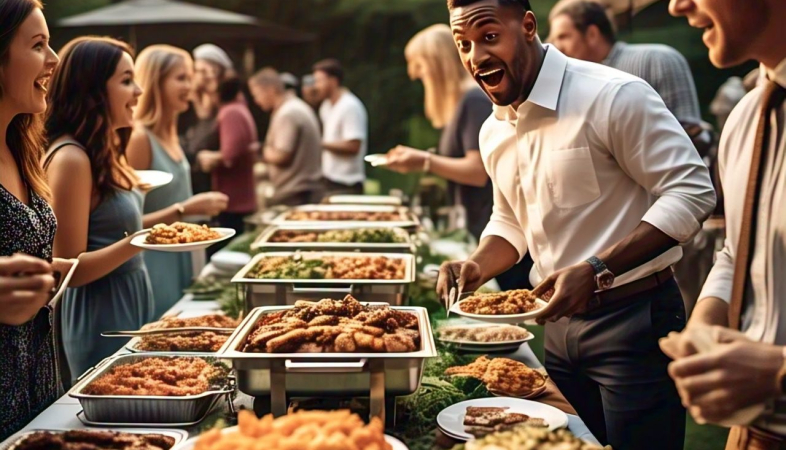
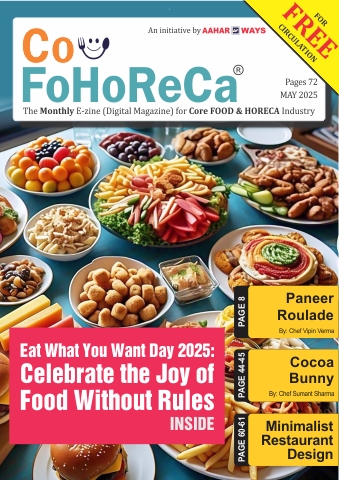
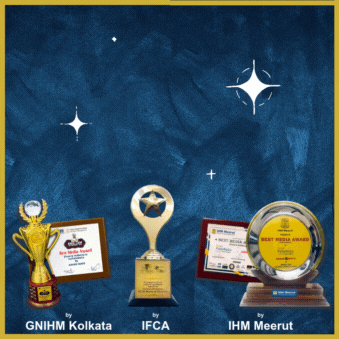
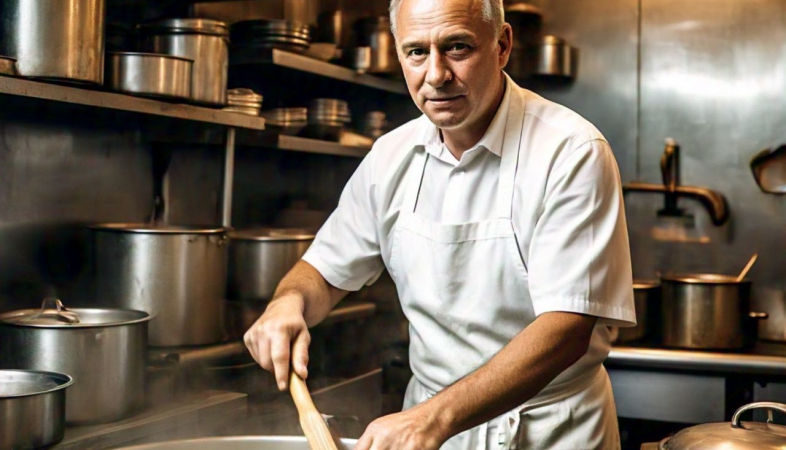
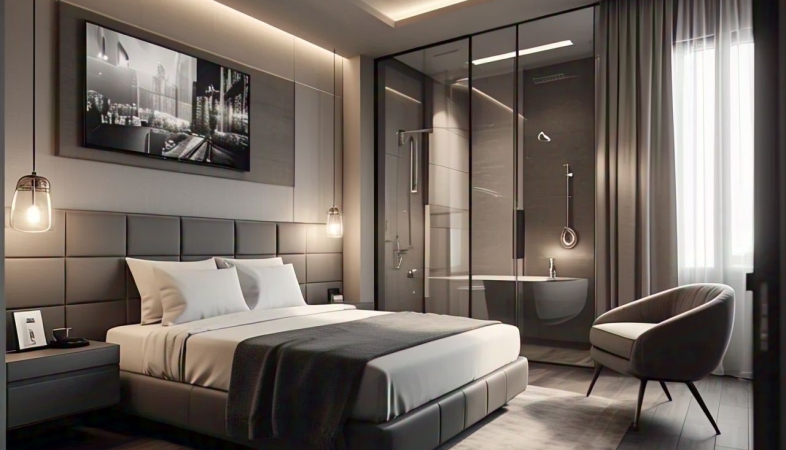
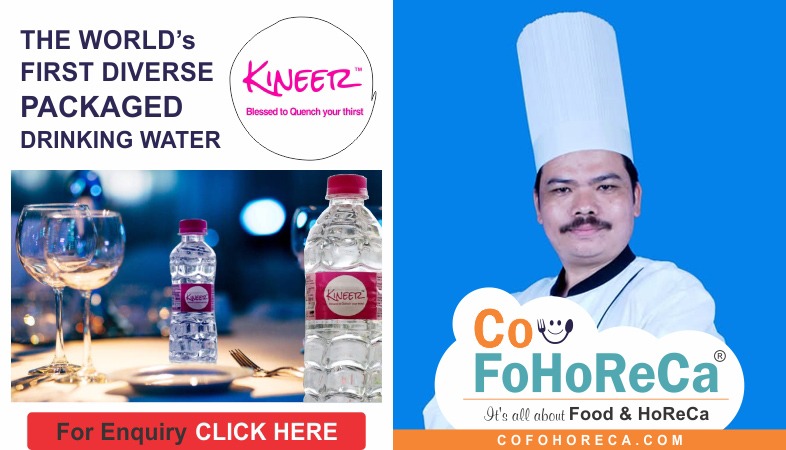
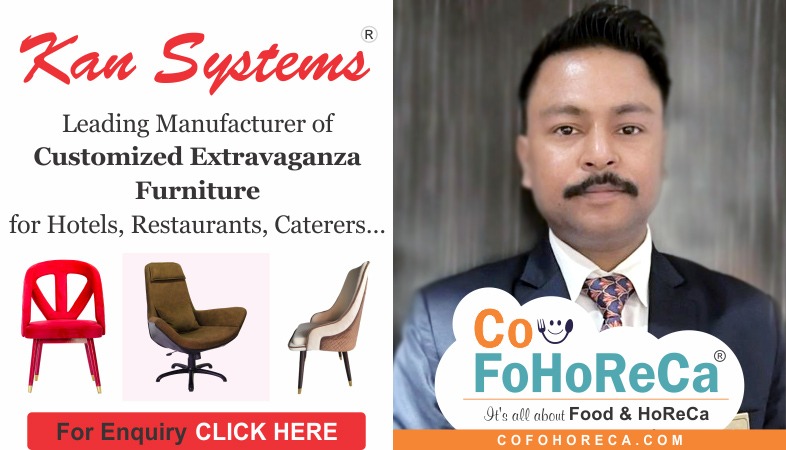
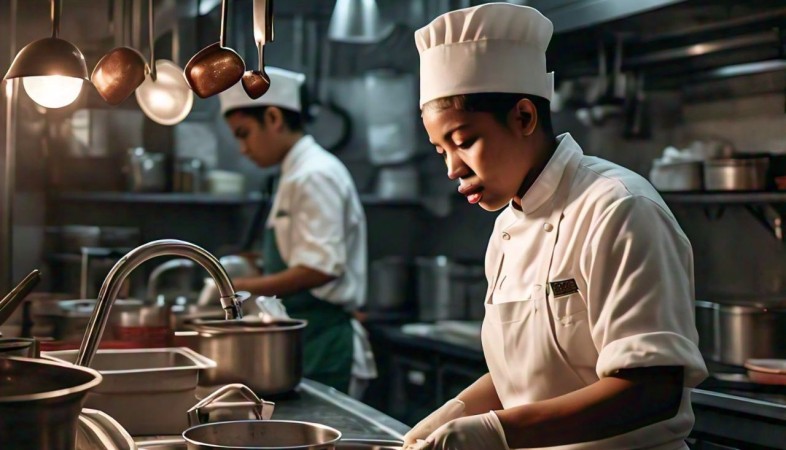
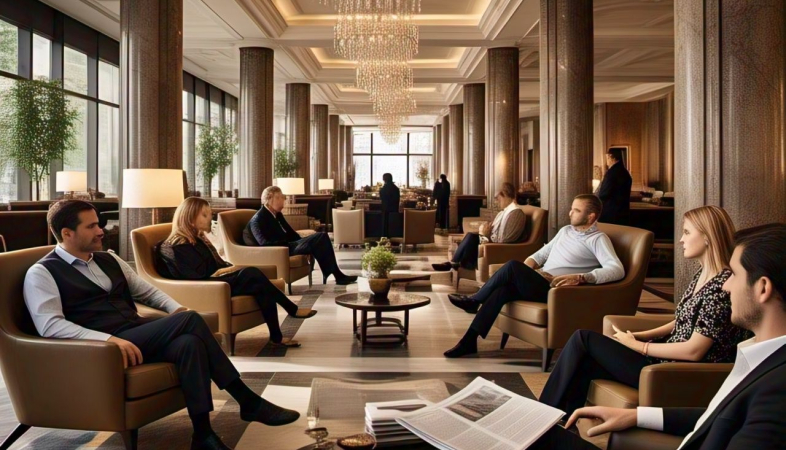
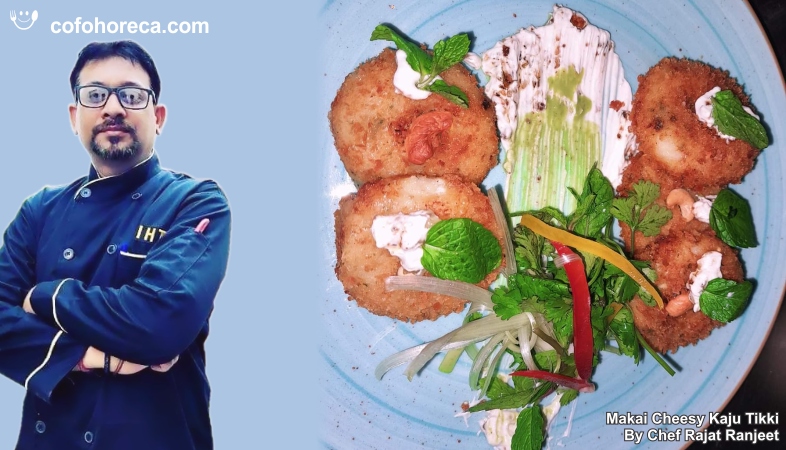
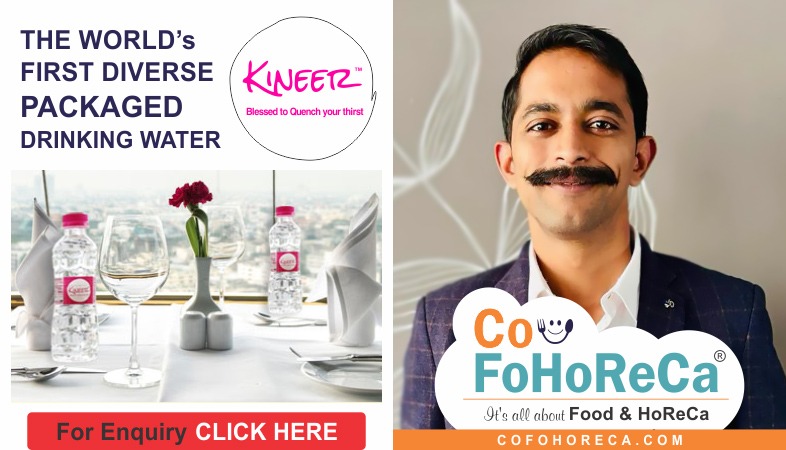

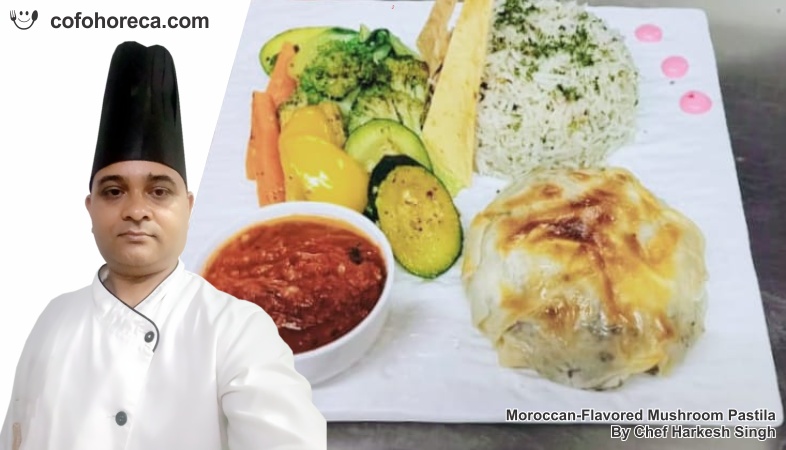

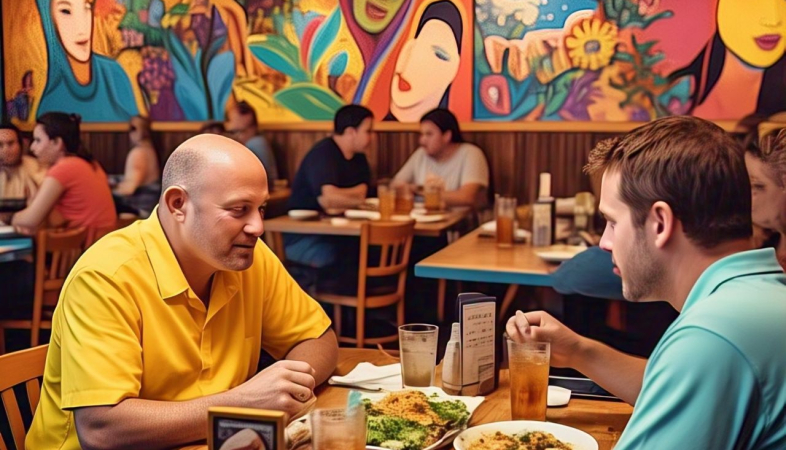

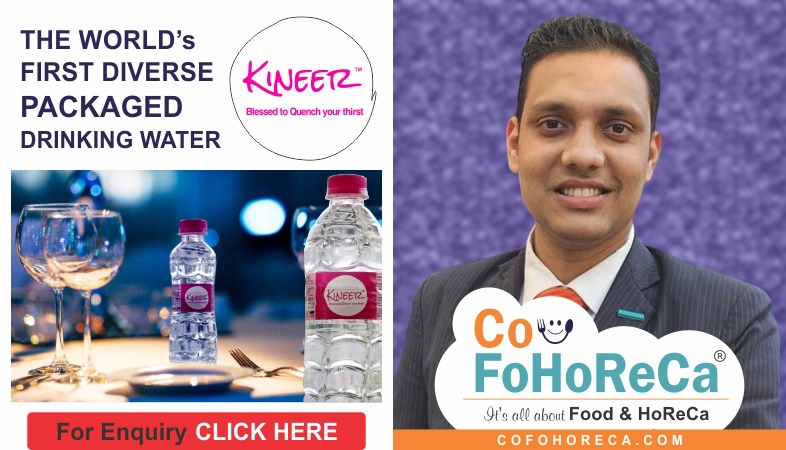
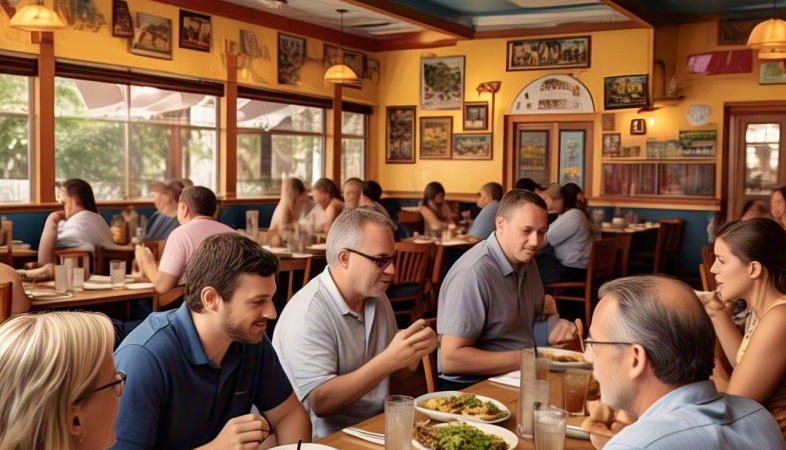
.jpeg)
